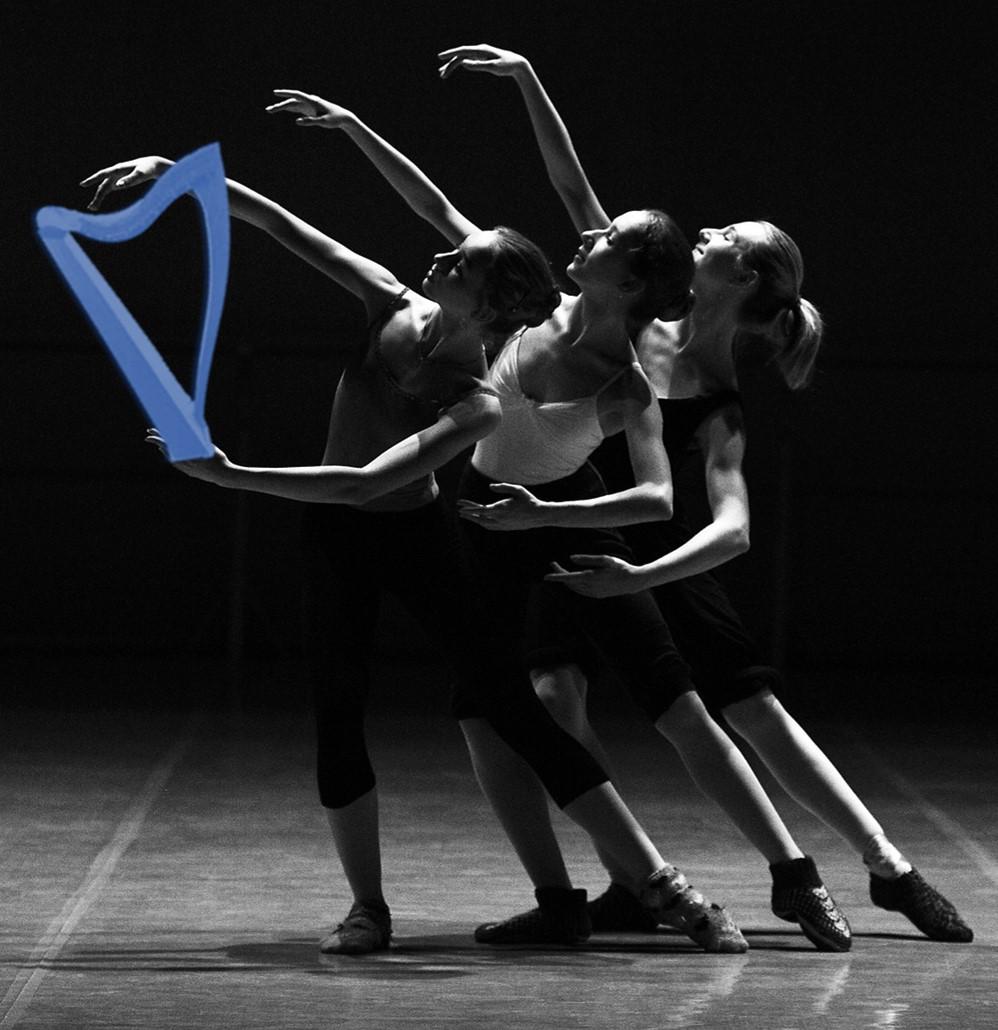Dancing a tune
Do you ever think about how your fingers dance over the strings? When you watch a really good player, their hands really do seem to dance among the strings. They place surely and there is a fluidity to the movements that belies all the thinking that goes into those fingers in the moment. But maybe more importantly, that fluidity is built on all the thinking that happens before the playing ever begins.
Early in learning a tune you might be focused on learning the melody, but you also need to work the fingering. This is true regardless of your means of ingesting the tune. Whether you learn it by reading or by listening, you still have to get your fingers on the strings. And in a way to makes it sing!
And this is where some of the trouble begins. Because we need to think about a bunch of things. And also think about a bunch of “groups of things”. Groups of things are also known as Patterns. And music in simply patterns. *
What things? Well, there are things that are easy to detect and we can easily find the patterns –
- we can hear the pitches (and where they go)
- we can hear the rhythm
- we can see the dots (and where they go)
- we can see the grand staff
- we can see the bar lines
- we can see the strings
- we can see our hands
- We can feel our hands
Not only are these things easy to note and each is a dimension of the tune. What is more challenging to find is the relationships between all those things. Because the pitches and dots, and the grand staff and the bar lines are related to the strings and where the fingers go (duh, I know that you know that I know that you know that). But sometimes they don’t quite line up, like when
- there’s a pickup at the start of a long line of notes (the bar line can distract you)
- the phrasing makes is seem like there’s a break but really the fingers need to keep on going
- there’s a place where you haven’t fully accounted for the notes in a particular direction (or how many ups for how many downs leave your fingers tied in knots – yikes!
- there’s a note on one clef and you think you must take it in the hand for that clef
To avoid the unpleasantness of running out of fingers, having a finger fumble every time, never getting that eccentric note, or getting weird phrasing – because your fingers are not ready to take on the pattern you’ve encountered – take time to really notice what all the patterns are, first in each “dimension” of the music (sound, rhythm, staff placement, etc.) and then try to find the higher level patterns that may be concealed if you focus on only one thing.
Keep at it. Don’t let it defeat you – it’s like a Rubik’s Cube only way more complicated (and a lot more entertaining). Once you draw your focus away from the individual patterns you’ll be able to suss out the multidimensional patterns that will define the fingering for you. And then your fingers can dance over all the strings!
What pattern gives you fingering fits? Is it a particular tune, or a specific single pattern, or series of patterns that just won’t fit together? Let me know in the comments!
* I can’t take credit for this wisdom. I learned this way of thinking from Kris Snyder, and I have unceremoniously stolen it from her.


All of the above and if it still seems impossible ask your teacher for help. I’m working on an arrangement that uses some 10th chords- it’s so hard to get that middle note but doesn’t sound as good without it. So I’ll be scheduling a lesson with Jen to get some advice….
Looking forward to it! 🩵
Fingering is *everything*. It can be so laborious to work it out but once you do, the musical rewards are immense. And it’s important to do it right at the start of learning a new piece, so you don’t fall into the habit of using the fingering that’s not much good. It’s so much harder to “re-train” one’s fingers rather than training them to Do The Right Thing from the beginning (and yes, like you always say, how do I know that…..)
I posted this comment for Sara – she sent it because the website is being feisty. If you’re having a problem posting comments, you can always email them!
A seventh interval using 4 and 2.
4 on A, 2 seven strings above that on G. 1 on the A just above that.
Eeesh.
Oh, yeah, that’s uncomfortable and quite a stretch. Consider taking the top A in the right hand? Or reorganizing the harmony right there!
This is all in the right hand 😳
If it was LH I would toss that in a second.
Tempting to “reorganize” the melody!
Well said! I’ve been preaching this for eons, and try to get students to gesture like a ballerina and be graceful. I never thought to just say to think of it as a dance on the strings. The difference in sound is huge.
If I didn’t learn that from you, then I probably learned from watching you!🩵